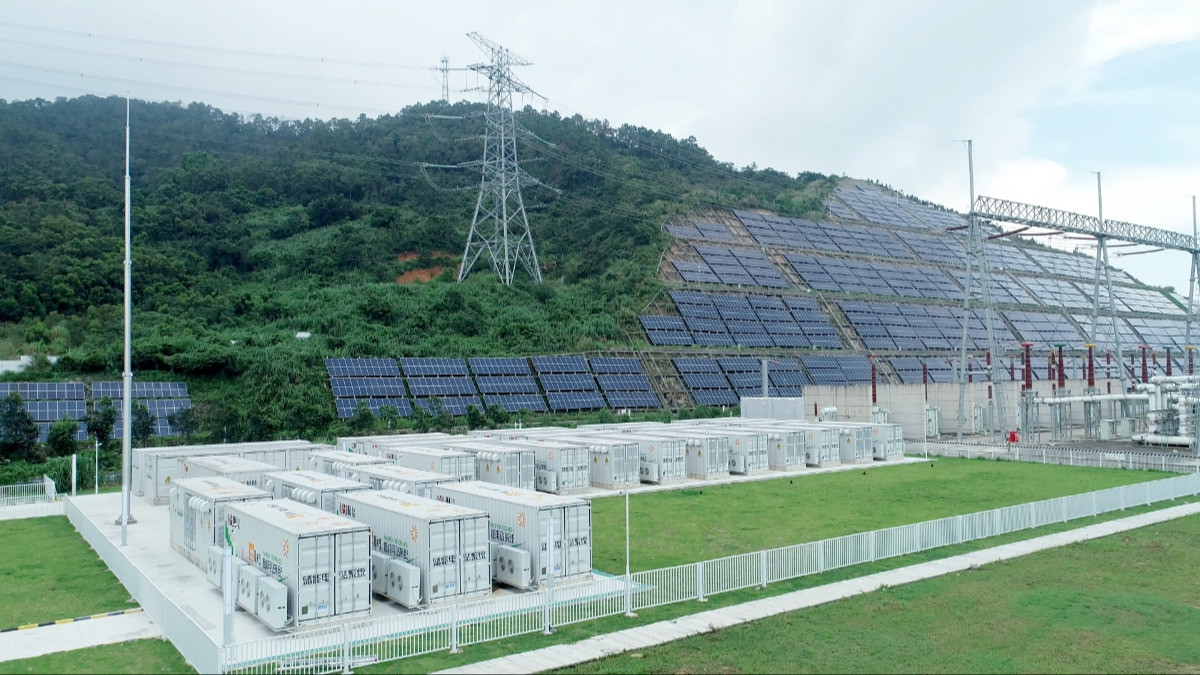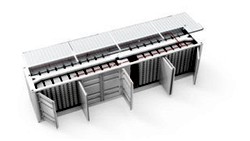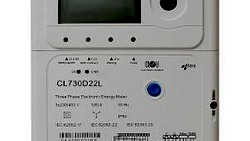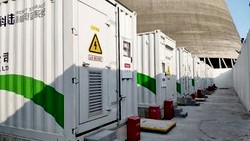In the evolving landscape of the energy sector, the integration of renewable energy sources and the need for grid stability have never been more pressing. As the grid transitions towards a more sustainable future, energy storage systems are becoming critical in managing the challenges that come with this change. Central to the operation of these systems is Automatic Generation Control (AGC), a technology that ensures the balance and reliability of power systems.
Understanding Automatic Generation Control
AGC is a system used to maintain the required balance between electricity generation and consumption. It achieves this by automatically adjusting the power output of multiple generators across different power plants in response to changes in load demand.
The Role of AGC in Energy Storage
Energy storage systems are uniquely positioned to respond rapidly to AGC commands, which is essential for several reasons:
- Frequency Regulation
AGC systems are critical for maintaining the grid's frequency at its nominal value (e.g., 50 Hz or 60 Hz). Energy storage can quickly absorb or discharge energy to correct deviations from the set frequency value. - Voltage Control
Alongside frequency, maintaining a stable voltage is necessary for grid stability. Energy storage can provide reactive power to support voltage levels as directed by AGC systems. - Load Following
Energy storage systems can ramp up or down faster than traditional generation sources, making them ideal for following the minute-to-minute variations in demand. - Integrating Renewables
With the unpredictable nature of renewable energy sources like solar and wind, energy storage is essential for smoothing out the power supply to the grid, with AGC signaling when to store or release energy.

The Mechanics of AGC in Energy Storage Systems
AGC is a complex, real-time control system that operates through a combination of computer technology, communication networks, and control algorithms. Here's how it typically works in conjunction with energy storage:
- Monitoring
AGC systems continuously monitor grid conditions, including frequency and voltage levels, as well as the overall balance between supply and demand. - Signal Generation
When a discrepancy is detected, the AGC system generates a control signal to correct the imbalance. - Response by Energy Storage
Energy storage systems receive the AGC signal and respond accordingly by either charging (storing excess energy) or discharging (releasing energy into the grid). - Stabilization
The rapid response of energy storage helps stabilize the grid within seconds, ensuring that supply consistently meets demand.
Advancements in AGC for Energy Storage
The increasing prevalence of smart grids and the Internet of Things (IoT) offers significant advancements in how AGC can be implemented with energy storage systems:
- Predictive Analytics
Machine learning algorithms can predict grid imbalances before they occur, allowing energy storage systems to respond proactively. - Distributed Energy Storage
Small-scale, distributed energy storage systems like home batteries can be aggregated to provide a substantial, grid-wide response to AGC signals. - Real-Time Data
The use of advanced sensors and high-speed communication allows for more accurate and timely AGC responses, improving the overall efficiency of energy storage response.
Challenges and Considerations
Implementing AGC in energy storage systems is not without its challenges. Issues such as regulatory barriers, communication infrastructure, cybersecurity concerns, and the physical longevity of energy storage systems all play a role in how effectively AGC can be utilized.
Future Perspectives
As the grid becomes more reliant on renewable energy, the importance of AGC in energy storage will only increase. Future energy storage technologies, such as flow batteries and advanced lithium-ion batteries, are expected to have longer lifespans and higher capacities, making them even more effective for AGC applications.
Takeaway
AGC represents a critical interface between energy storage systems and the reliable operation of the modern electrical grid. By providing rapid, flexible, and precise control over energy storage assets, AGC helps to ensure that the grid remains stable and efficient in the face of changing energy landscapes. As technology advances, the symbiotic relationship between AGC and energy storage will become a cornerstone of sustainable energy systems worldwide, facilitating a smoother transition to a renewable energy-dominated future.
If you have any inquiries or need further information about our AGC and its role in the electrical energy segment, please do not hesitate to reach out to us. We are here to assist you and welcome your valuable thoughts and comments.
Until then, keep shining bright like a solar panel on a sunny day!





All comments are moderated before being published. Inappropriate or off-topic comments may not be approved.